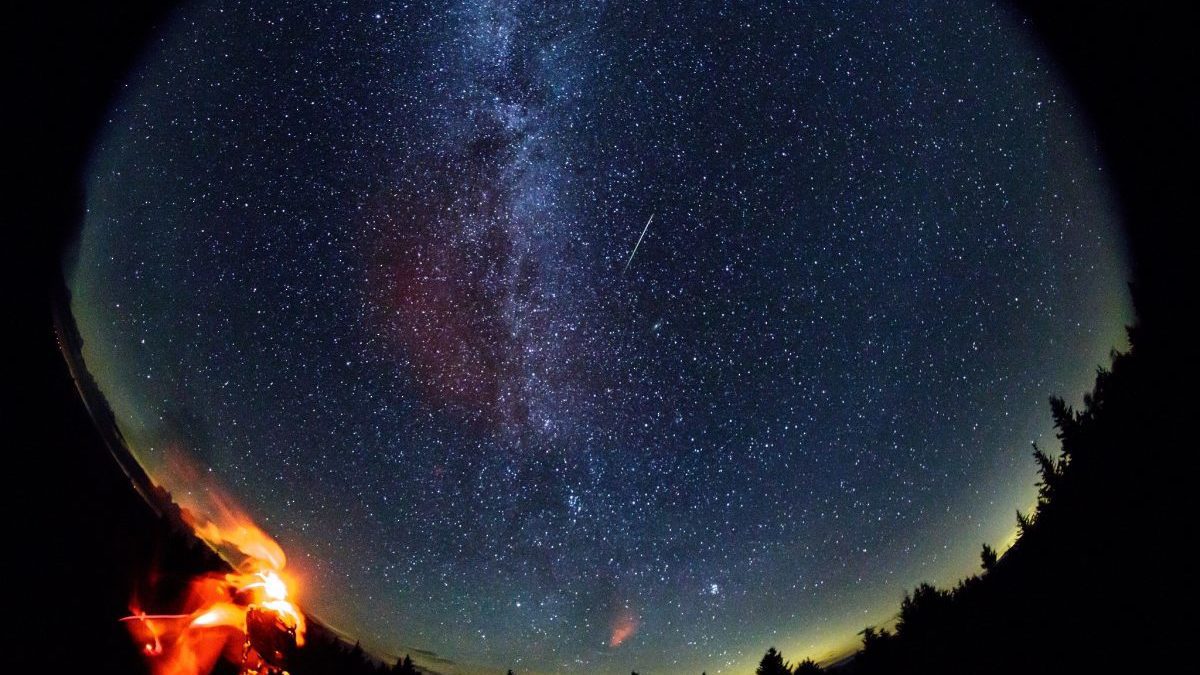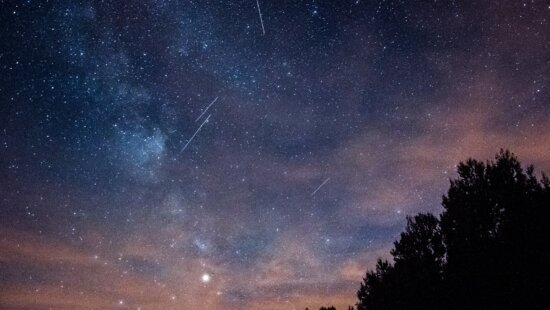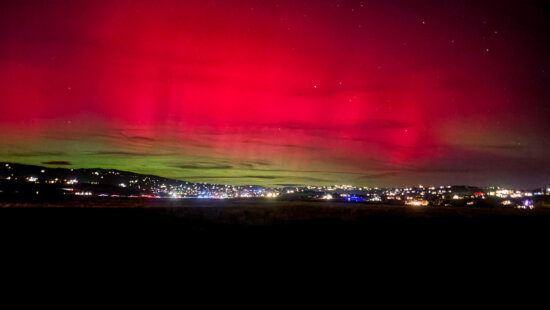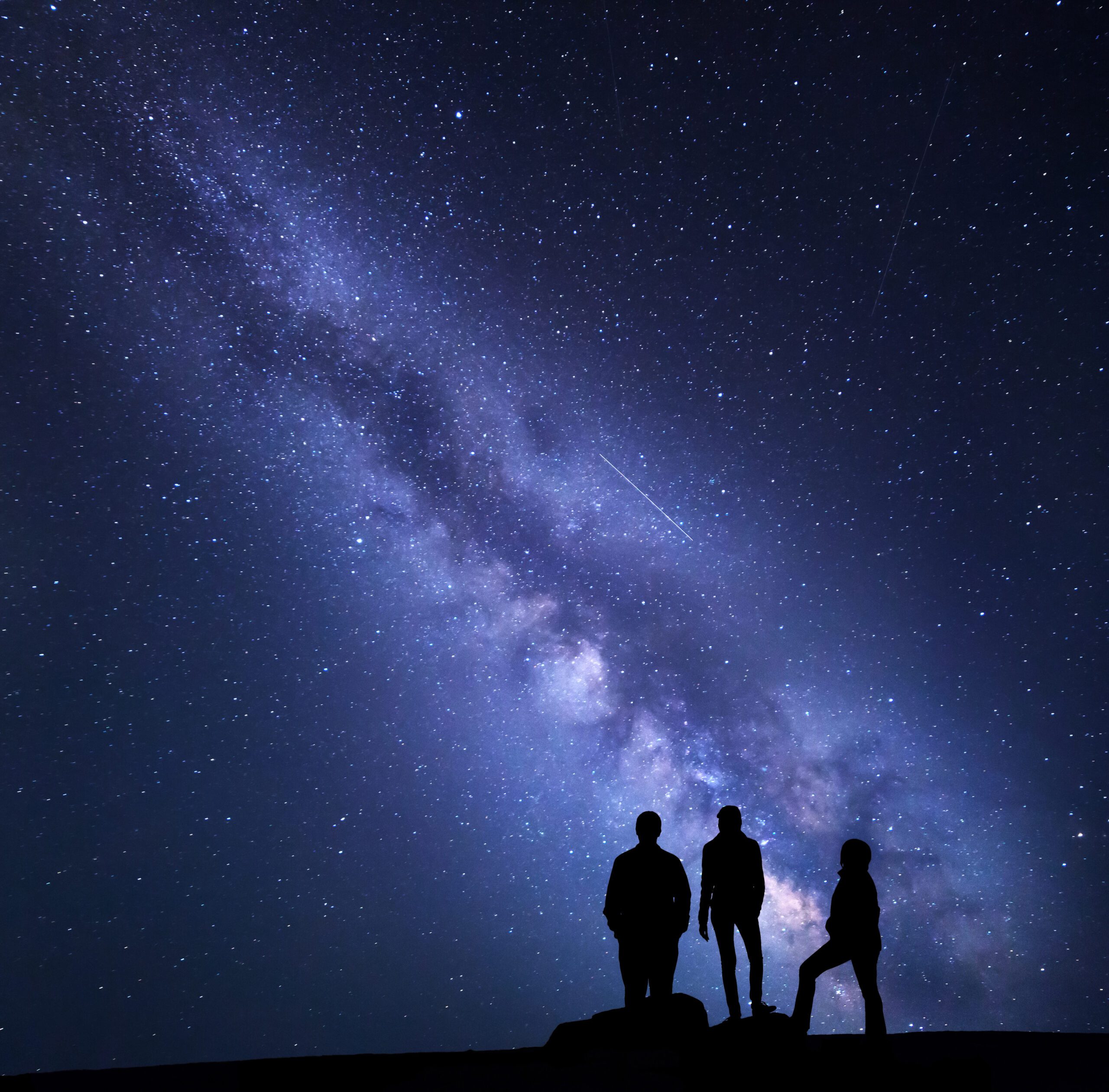News
How to watch the Perseids Meteor Shower

A meteor streaks across the sky during the Perseid meteor shower in August 2016, Spruce Knob, West Virginia. Photo: NASA/Bill Ingalls
PARK CITY, Utah. — As our Earth revolves around the sun, we pass through seas of cosmic debris. This results in beautiful meteor showers that light up the night sky from dusk to dawn.
Every year, from mid-July to mid-August, Earth passes near the Comet Swift-Tuttle, which is the parent of the Perseid meteor shower. It’s named after the constellation Perseus the Hero.
This year, the Perseids will reach their peak on Wednesday night, August 11. It will last into Thursday morning.
“Between as many as 160 and 200 meteors dazzle in Earth’s atmosphere every hour during the display’s peak,” writes Nicholas St. Fleur in the New York Times. “They zoom through the atmosphere at around 133,000 miles per hour and burst about 60 miles overhead.”
The shower is expected to be the most active in pre-dawn hours, according to the International Meteor Organization.
The moon is not too full right now, which will make viewing the meteor shower easier.
It’s recommended to view it with a naked eye. Wide, unobstructed views with no light pollution are best.
NASA said you will also have a chance to see the Perseids on Thursday night.
They offer a live stream of the event that you can watch here.



















